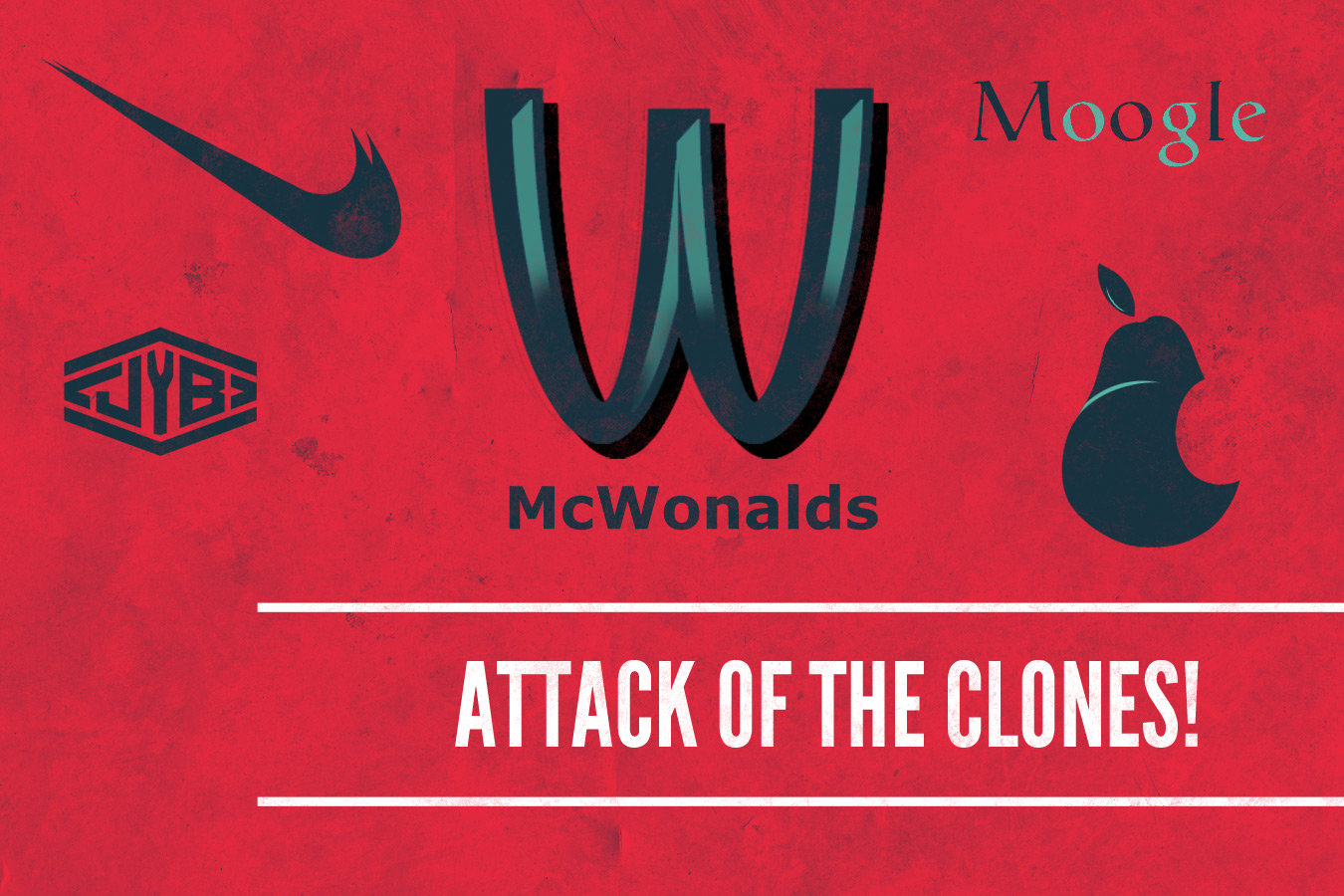What’s in a name? While a rose by any other name may smell as sweet, losing your branding to a competitor stinks. You work hard for your brand and to maintain your reputation in the cyber world. Don’t let all that hard work go to waste when someone else steals your trademark. You use a logo, name or symbol to identify your products and distinguish them from those produced by others, but unless you trademark your property, your brand is vulnerable and someone else may trademark your brand, rendering all the effort you have expended in building your brand useless.
Who should get a trademark?
Determine whether your brand, logo, slogan, name or design are eligible for trademark in Canada or the US, find which kind of protection suits your particular needs and then register your trademark with the US Patent and Trademark Office (USPTO) or the Canadian Intellectual Property Office (CIPO).
The USPTO defines a trademark as: “Any word, name, symbol, or design, or any combination used, or intended to be used, in commerce to identify and distinguish the goods of one manufacturer or seller from goods manufactured or sold by others, and to indicate the source of the goods.”
In Canada, the Canadian Intellectual Property Office (CIPO) recognises company and business names as well as “Word(s), design, or combination of these, used to identify the goods or services of one person or organization.” Design is also recognized in Canada as a legitimate trademark and so shape or packaging that distinguishes your product from another can be trademarked.
Trademarks in the US
There are two categories of trademarks in the US. With unregistered trademarks, all you have to do is pop a trademark symbol (™) after your name, logo, design, advertising slogan or whatever you want to mark as being yours. That’s it. The first company to utilize the trademark symbol will come out tops in any dispute over ownership.
When you register your trademark with the US Principal Register, it’s easier to prosecute copycats, use your trademark in other countries and it definitively identifies the trademark as yours. When you register your trademark, you can use the registered trademark symbol (®).
If you are a small company, using an unregistered trademark will probably suffice, but if you are a larger company, if you are seeking investors or a loan or if you want to sell your company, then registering your trademark is the way to go.
You can register your trademark through the Trademark Electronic Application System (TEAS).
Trademarks in Canada
Registered trademarks in Canada are valid for 15 years and can then be renewed. To register a trademark, fill out the trademark application form which is then registered with the Trademark Office in Ottawa.
Unregistered trademarks are also permitted in Canada and are denoted with the trademark symbol (™). John Simpson, a lawyer specializing in Canadian trademarks notes: “Unregistered trademarks are also entitled to protection in Canada, although the extent and scope of protection provided to unregistered trademarks will depend on factors such as the extent to which, and the manner in which the trademark has been used and has become known. It is therefore strongly recommended that, where possible, trademarks be registered.”
Trademarking your brand and property can really help to protect from copycats and prevent you having to rebrand when a competitor steals your thunder. Many online outlets like eBay will only remove copycat items from stores where registered trademarks are violated. If you are seeking investors, getting a loan or intending to sell your business, you must protect yourself and your brand with a registered trademark. If you are unsure, seek the professional advice of a trademark agent.











